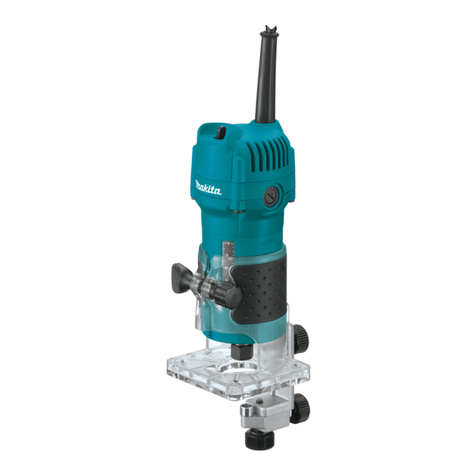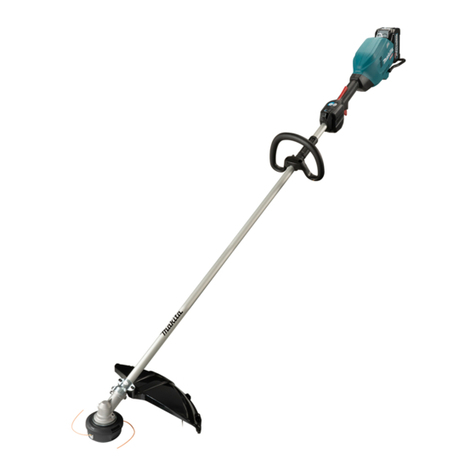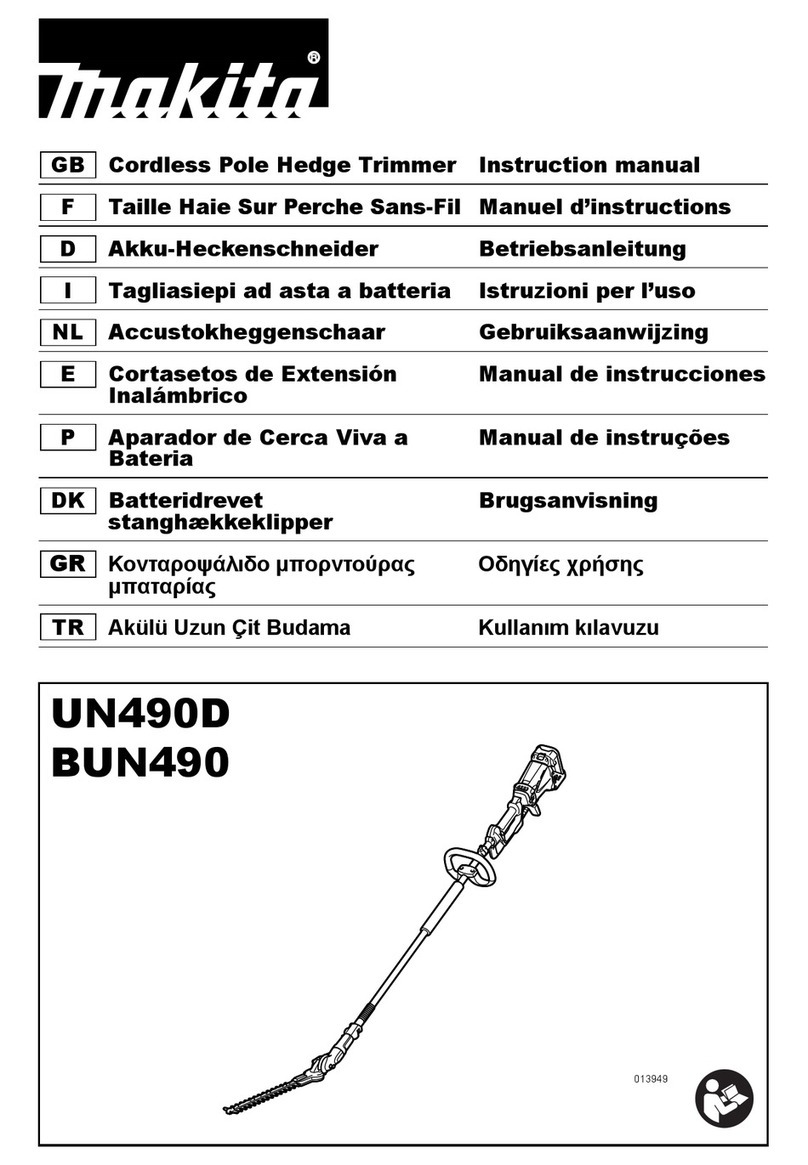Makita DUR369APT2 User manual
Other Makita Trimmer manuals
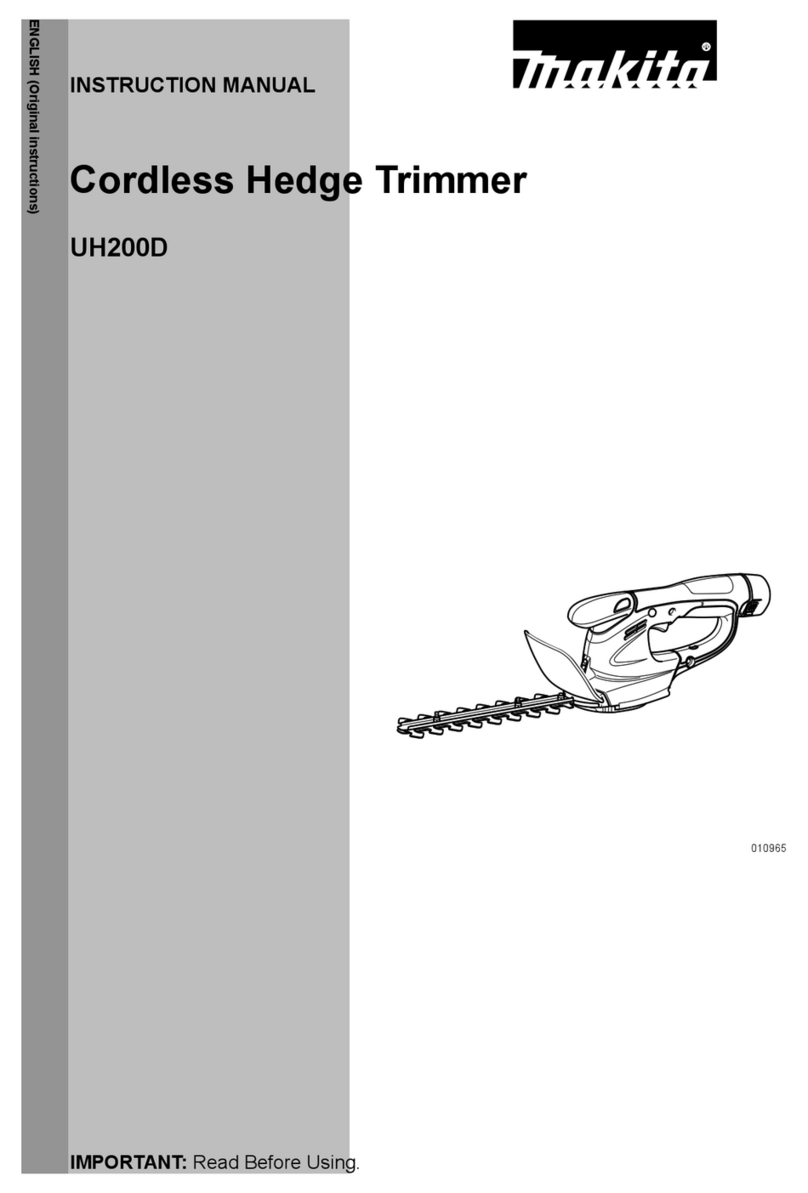
Makita
Makita UH200D User manual
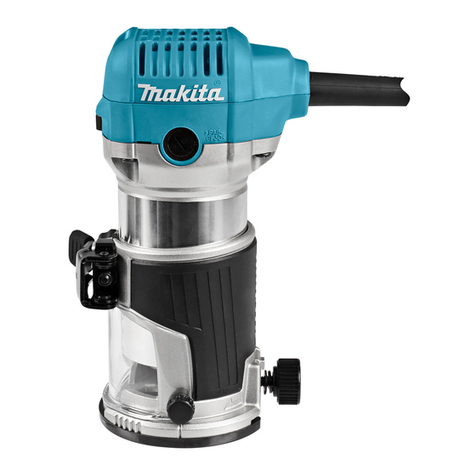
Makita
Makita RT0702C User manual
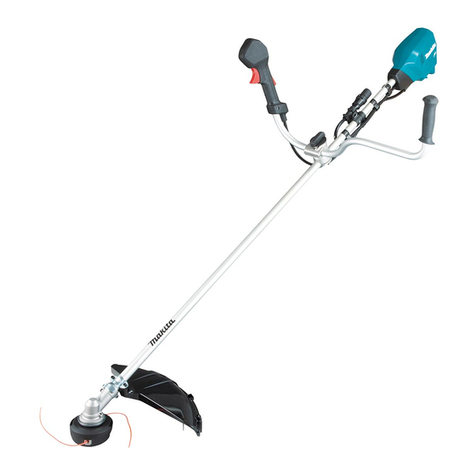
Makita
Makita UR101C User manual

Makita
Makita EBH250U User manual
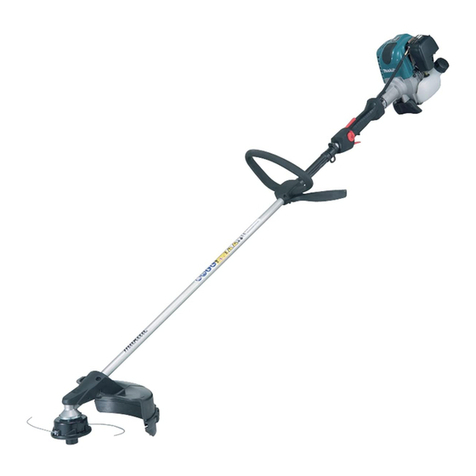
Makita
Makita EBH252U User guide

Makita
Makita GTR01 User manual

Makita
Makita EH 620 User manual
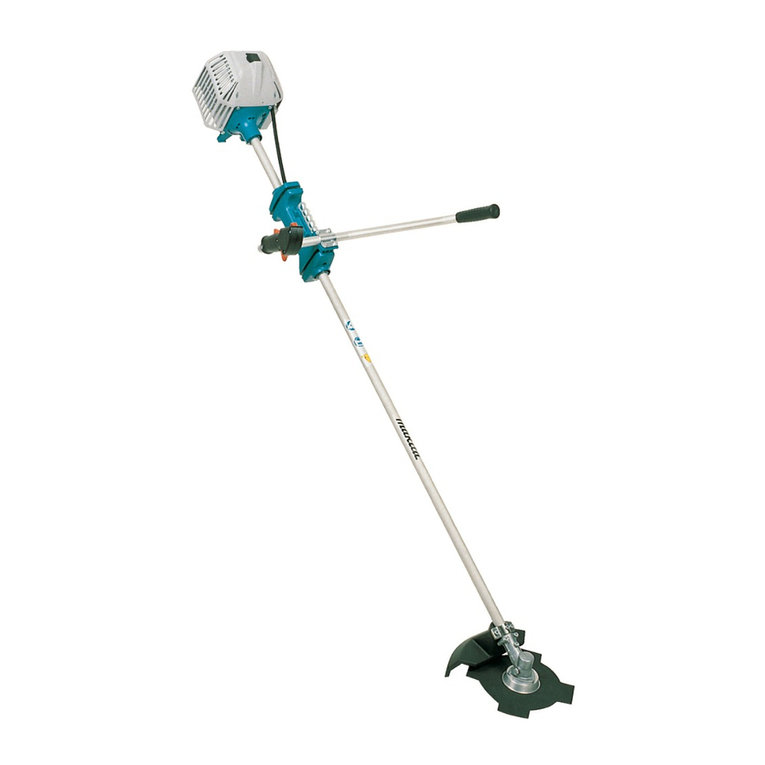
Makita
Makita DBC340 User manual

Makita
Makita 3707 User manual

Makita
Makita XHU09 User manual
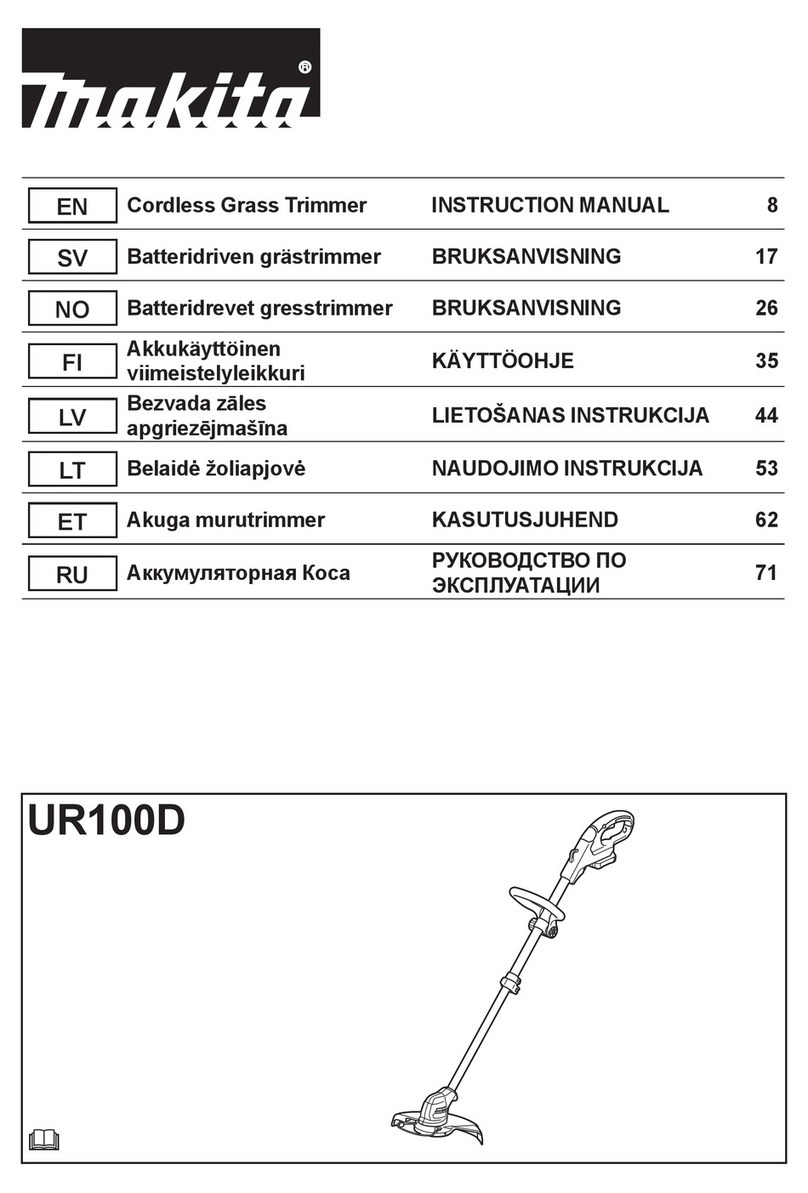
Makita
Makita UR100D User manual

Makita
Makita 3701 User manual
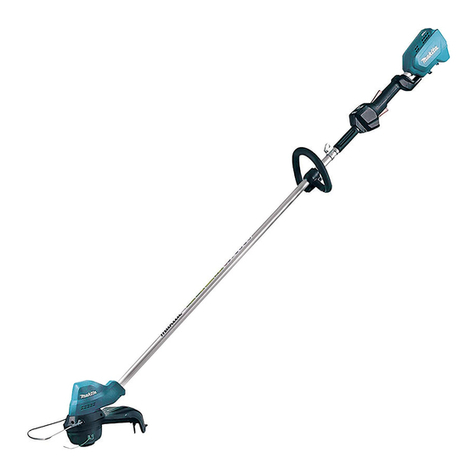
Makita
Makita DUR187LZ User manual
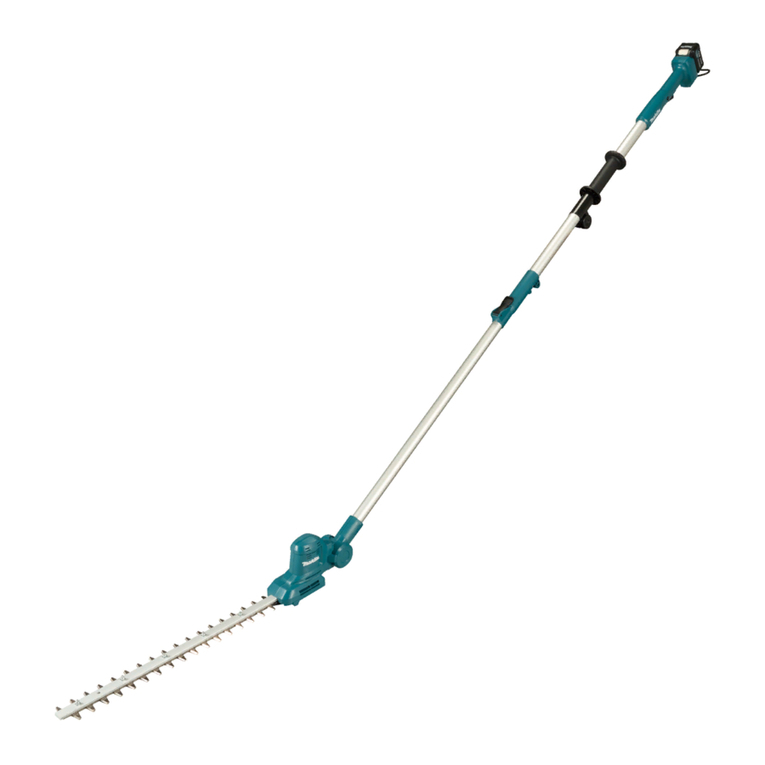
Makita
Makita UN460WD User manual
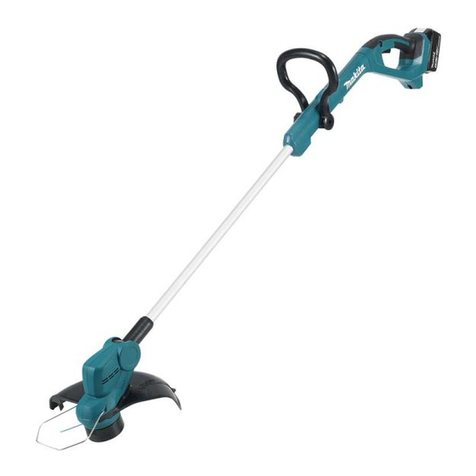
Makita
Makita DUR193 User manual

Makita
Makita DUH481 User manual

Makita
Makita DUR189 User manual

Makita
Makita UN460WD User manual
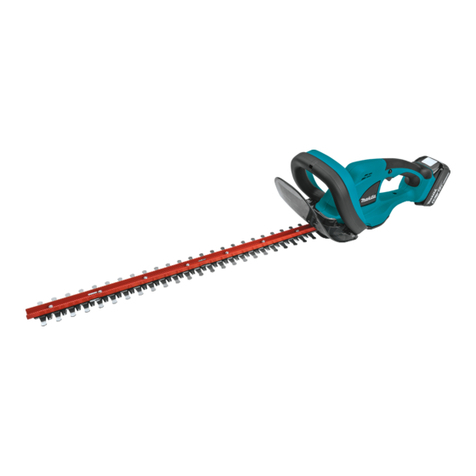
Makita
Makita XHU02M1 User manual
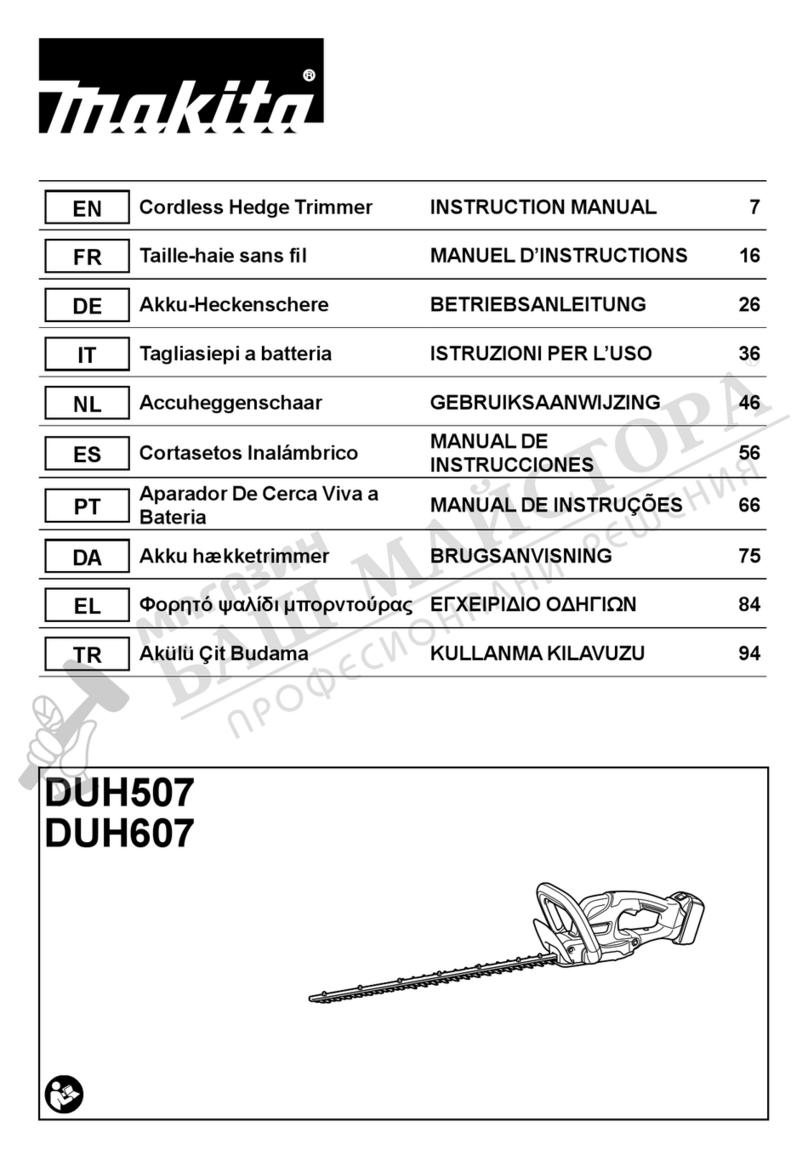
Makita
Makita DUH507 User manual
